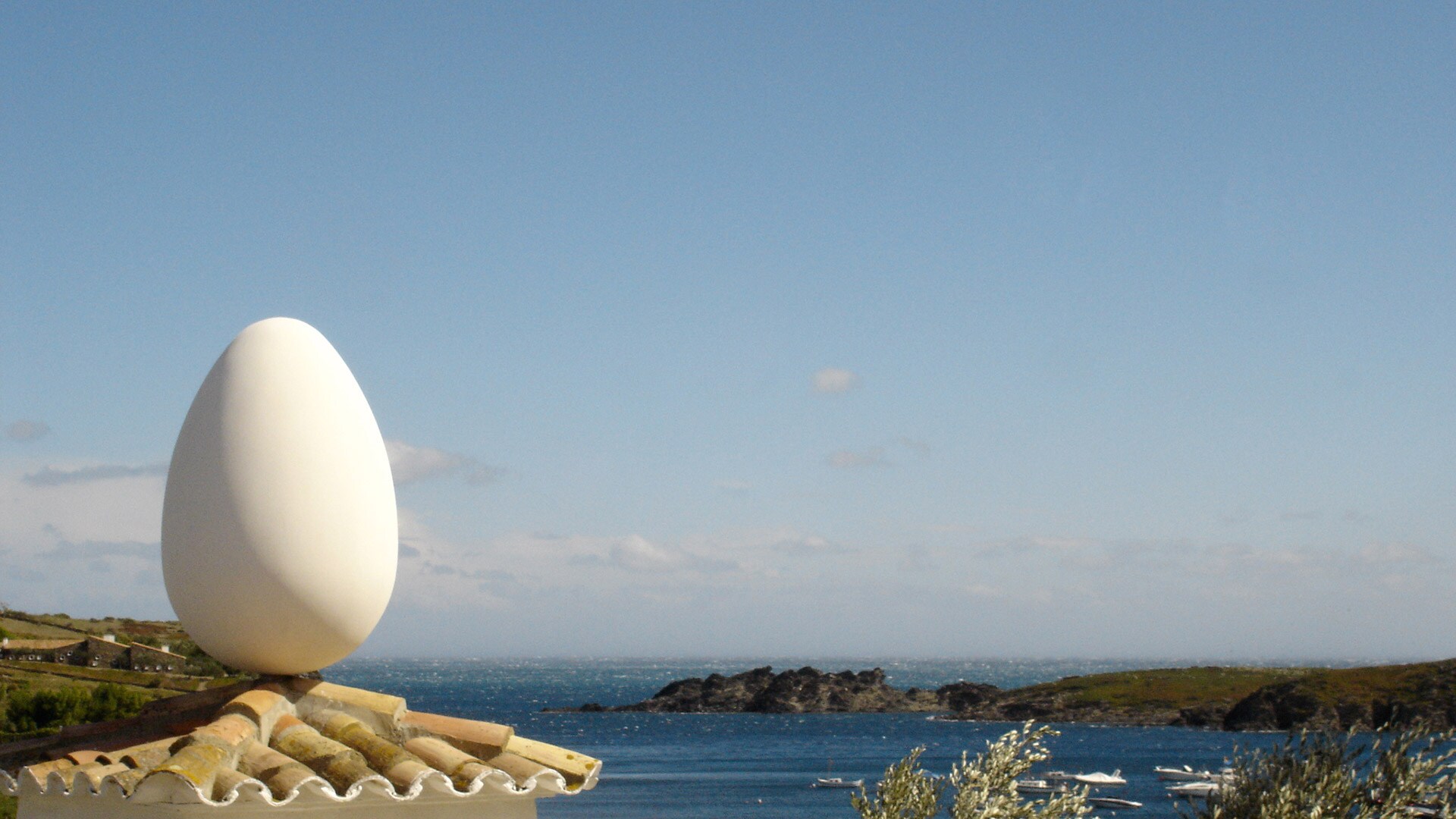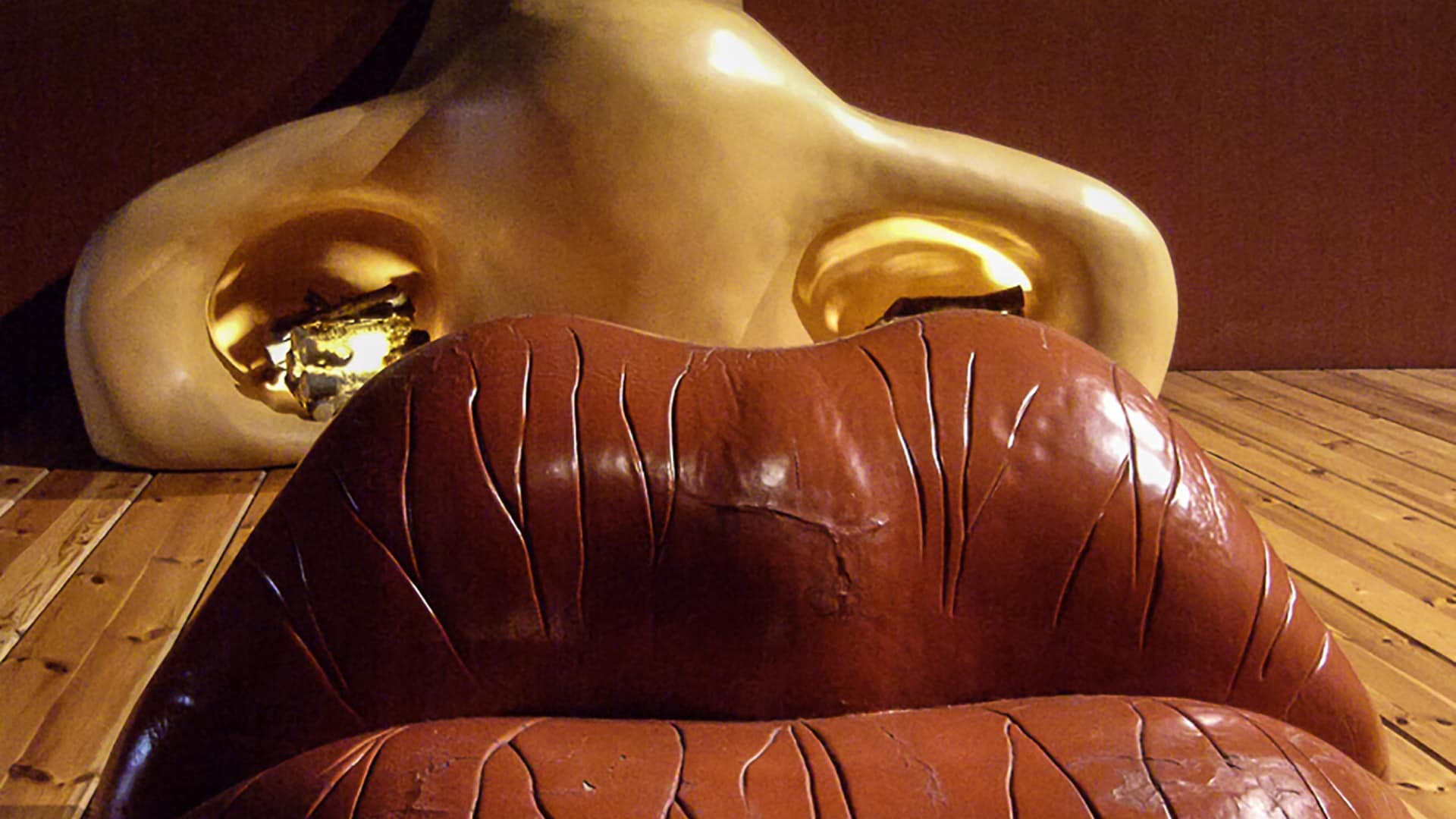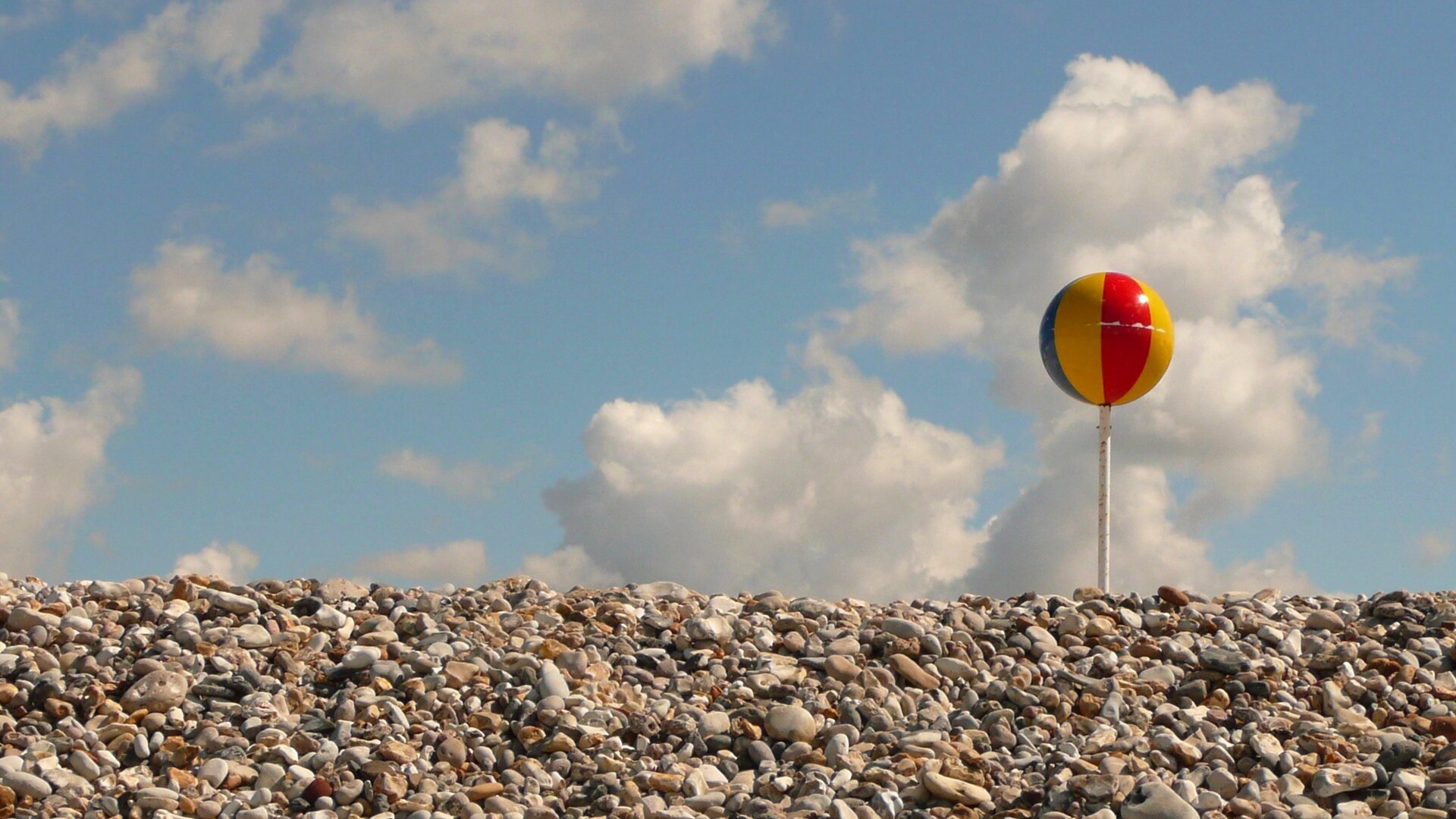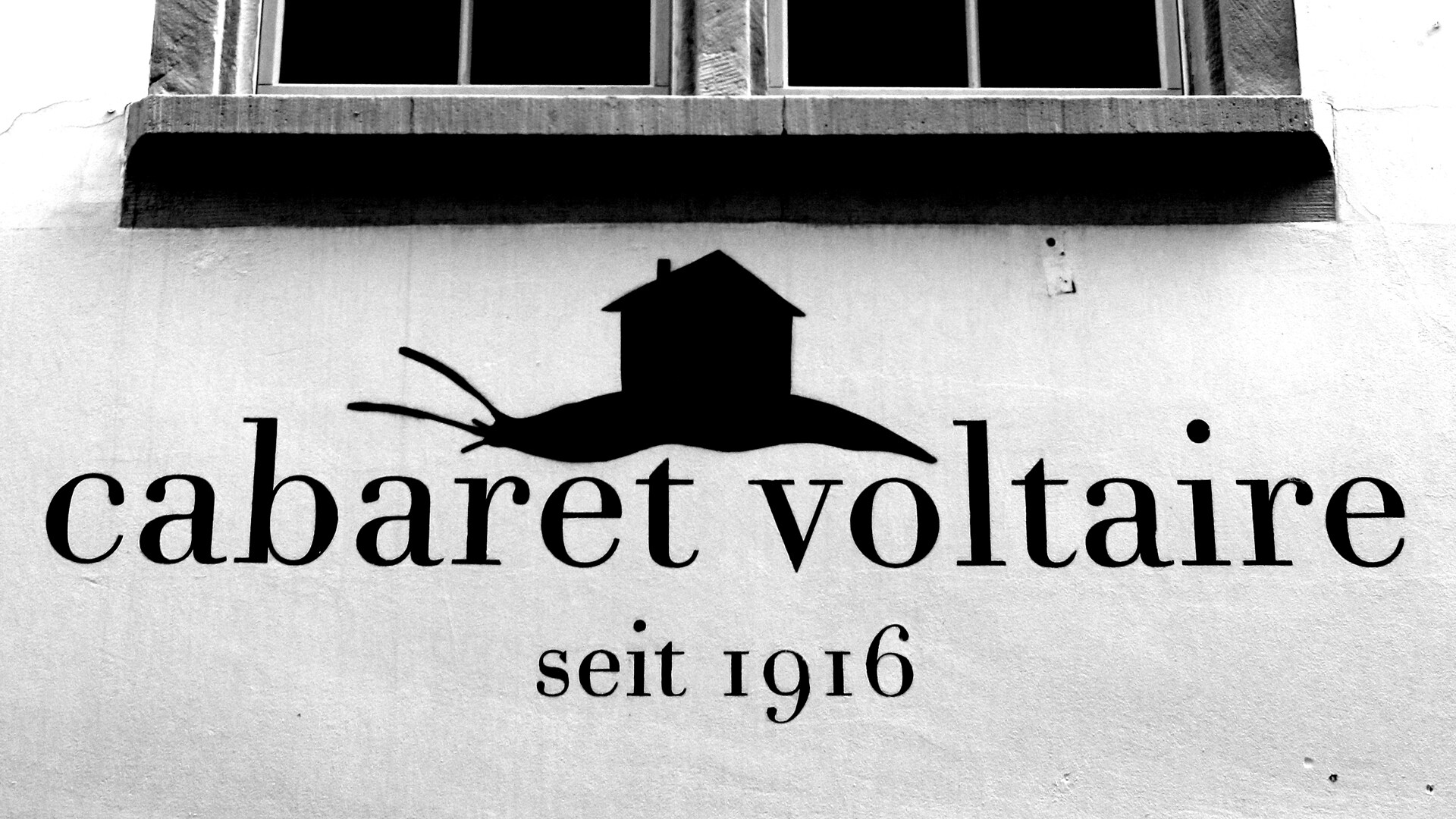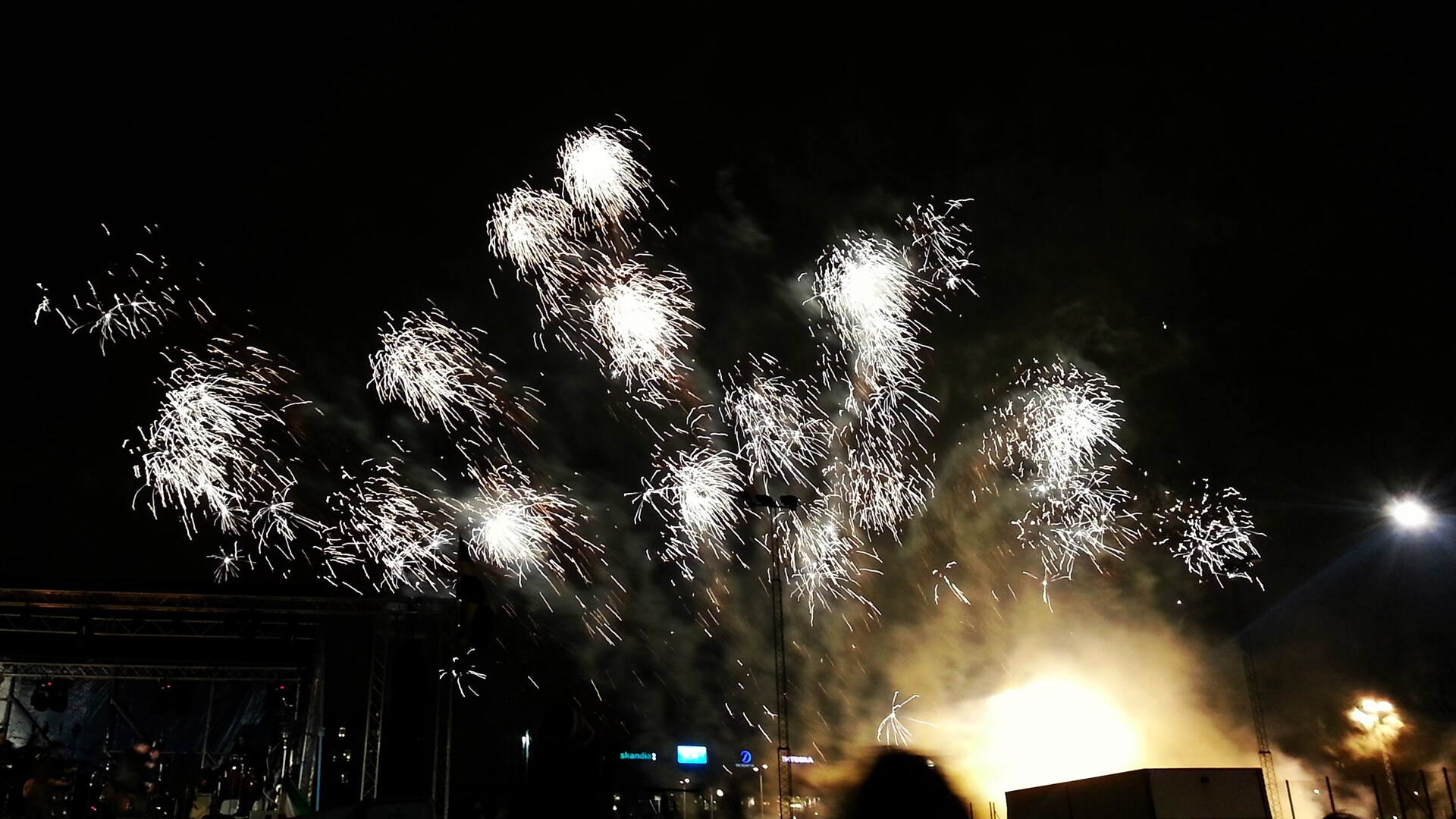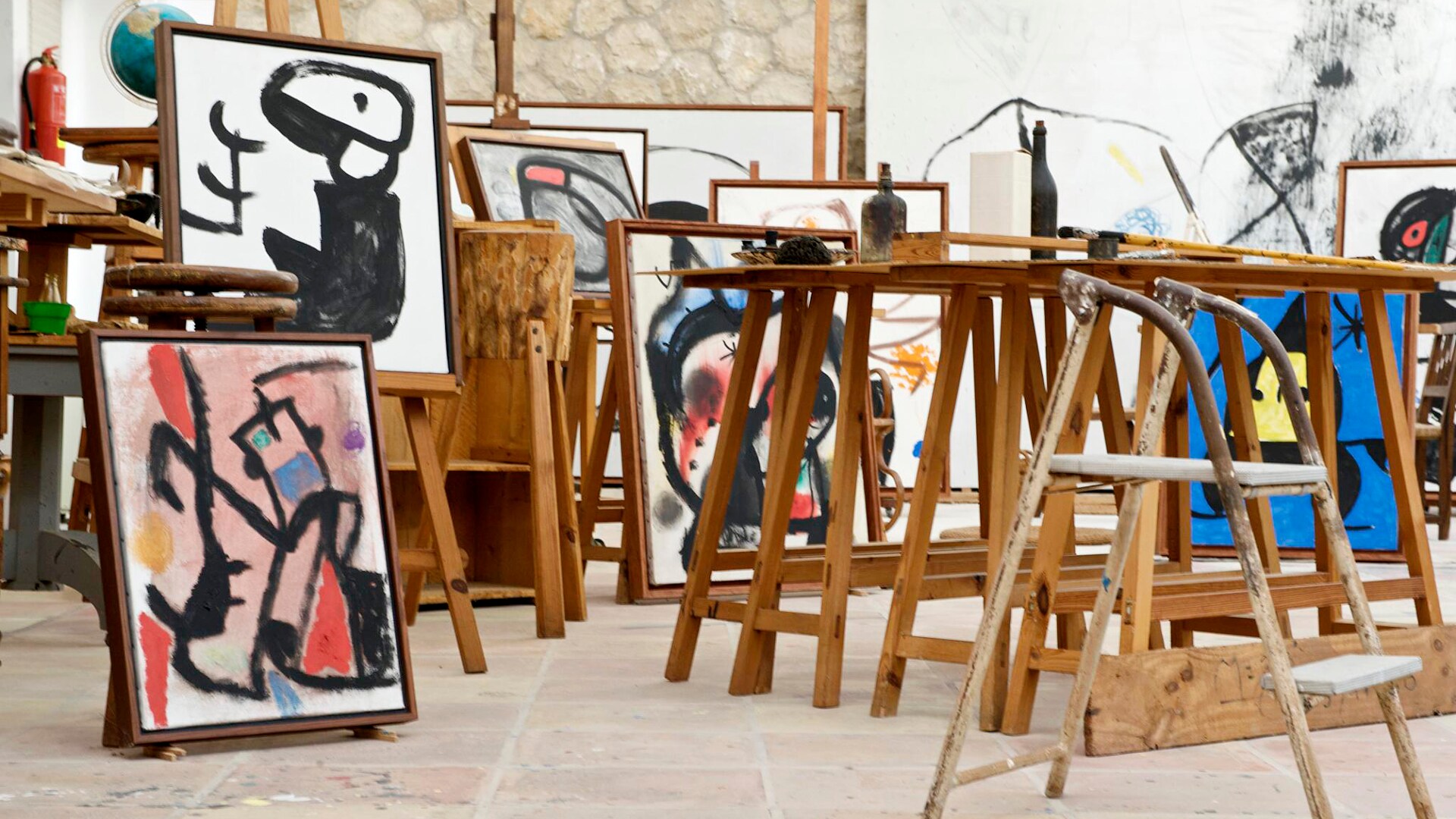10 Destinations That Are Keeping It Surreal
Surrealism was, without a doubt, one of the most imaginative, fascinating, and subversive cultural movements to emerge.
-
1. Tinchebray
Normandy, FranceAny tour of Surrealism must begin in Tinchebray, the birthplace of André Breton who is the founding father of the movement. A part of the Orne region of Normandy, Tinchebray is as picturesque a town as you're likely to find in France. The town in filled with beautiful Romanesque architecture — most notably the Churches of Saint-Remi and Saint-Marie — and a wonderfully bijou chocolate factory in an old abbey. Tinchebray is certainly worth a visit if you want to see where Breton spent his formative years.
-
2. Hotel de Berulle
Paris, FranceIf you walk along the Rue de Grenelle in Paris, you will find the most important building of the Surrealist movement: the Hôtel de Bérulle. André Breton, Louis Aragon and Philippe Soupault established the Bureau of Surrealist Research here in 1924 and first published the Surrealist Manifesto. Breton, Aragon and Soupault also met here with writers such as Antonin Artaud, Rene Crevel and Paul Eluard to discuss Surrealist ideas and to publish their in-house magazine "La Révolution surréaliste." The hotel remains in beautiful condition today.
-
3. Figueres, Catalonia
SpainFigueres in Catalonia is very much the town of Salvador Dalí, who was born here. Figueres bears the unmistakable mark of Dalí throughout the entire area. In town, expect to see statues and memorials with Surrealist influences, as well as plenty of traditional Gothic architecture. The town’s centrepiece is the Teatre-Museu Gala Salvador Dalí, a renovated 19th century castle converted in 1965 into the world’s foremost collection of the artist's drawings, sculptures and paintings. It's a definite must-see for any Dalí lover.
-
4. Portlligat Museum-House
Girona, SpainIf Figueres is where Dalí is most commemorated, it is at the Portlligat Museum-House where his work is best explained. This ex-fisherman’s house, where Dalí and his wife Gala lived from 1930 to Gala’s death in 1982, gave him access to the greatest inspiration for his work — Portlligat Bay. The house is labyrinthine and very Dalí-esque with its winding corridors and individually misshapen windows. It remains an essential and fascinating visit for any lover of Dalí or of Surrealism.
-
5. Erongaricuaro
MexicoErongarícuaro, meaning "a place of waiting" in the native Purepecha language, is an intellectual commune with important history. The secluded Mexican town is steeped in counterculture with a long tradition of serving as an escape for artists and writers. Breton lived here with Leon Trotsky, Frida Kahlo and Diego Rivera in the mid-30s, following Trotsky’s exile from the Soviet Union. Today, it remains abuzz with a thriving restaurant and street food culture scene, as well as a stunning main plaza full of bars blaring Latin music. -
6. Le Havre
Le Havre, France"Un Chien Andalou" – Salvador Dalí and Luis Buñuel’s 1929 masterpiece – is without a doubt the greatest and most influential example of Surrealist experimental cinema. The film, despite only lasting 21 minutes, came to embody the tangential, unsettling and subversive ideals of Surrealism, with the iconic "eyeball-slicing" scene becoming one of the most iconic opening scenes in cinematic history. The film is largely set in the wonderful French coastal city of Le Havre, whose rustic store fronts and rolling hills serve as the perfect neutral landscape for Buñuel’s Surrealist dreamscape. Le Havre’s inherent tranquillity was loved by Dalí and Buñuel and will be appreciated by fans of Surrealism.
-
7. Cabaret Voltaire
Zurich, SwitzerlandThe Cabaret Voltaire is one of the most improbable and extraordinary cultural places to have emerged in the 20th century. The nightclub, which still operates, became a refuge during World War I for Europe’s fleeing intellectuals. Their radical ideals facilitated the emergence of Dadaism, the anarchist movement to which Surrealism pays homage. Cabaret Voltaire still plays host to bohemians, anarchists and free-thinkers and has done so since 1916, providing a platform for experimental cinema, theatre and music.
-
8. Marcel Duchamp’s childhood house
Blainville-Crevon, FranceMuch like Breton, Marcel Duchamp — a pioneer of Surrealism and the so-called ʺplastic artsʺ — was born into an ostensibly quaint, rural environment abundant with natural charm. The Duchamp family home in Blainville-Crevon, which remains open to the public, is a stunning countryside mansion surrounded by much of the scenery Duchamp studied in his earliest works. The area is a vast, verdant retreat only 30 minutes from Rouen and features some excellent examples of Norman and Angevin architecture. Coupled with its Duchamp connection and beautiful location, it's a hidden gem of rural France.
-
9. Residencia de Estudiantes
Madrid, SpainThe Residencia de Estudiantes in Madrid is arguably the birthplace of Spanish Surrealism and Spain’s ʺSilver Age.ʺ It served as an environment for the cultivation and promotion of Spain’s brightest and best thinkers in the early 20th century. The young Salvador Dalí first met Luis Buñuel here, and the two began to foment their ideas about the future of art and culture — drawing considerable influence from the Surrealist Manifesto published in 1924. The Residencia remains one of the most prominent cultural centres in Madrid with over 3,000 scholars, artists and intellectuals taking up residency there each year.
-
10. Joan Miro’s studio
Mallorca, SpainDespite being almost indelibly tied to the culture of Barcelona, the great Surrealist Joan Miró had a great affinity for the isle of Mallorca, and following the Nazi air raids of 1940, relocated permanently from Barcelona to the island. There, he enlisted his friend, Catalan architect Josep Lluís Sert to design a studio for him in a suitably Surrealist style. This studio remains in Mallorca as the Fundació Pilar i Joan Miró – a stunning totem to Surrealism. It contains some of Miro’s greatest works and is set within the rustic Balearic heartlands. This studio is a must-visit for Miró fans, and serves as the more abstract flip side to Dalí’s hometown of Figueres.
